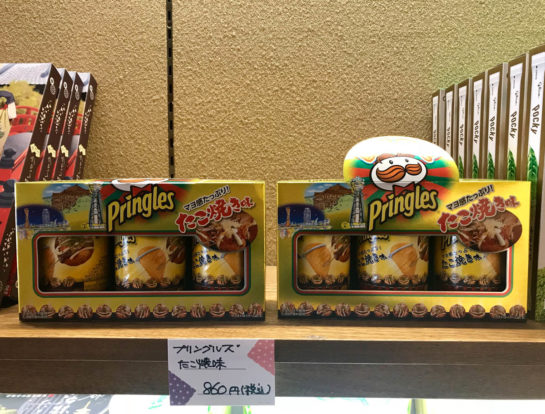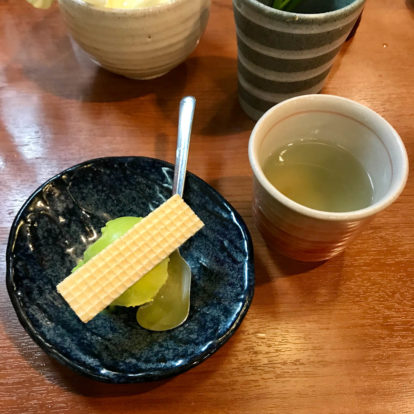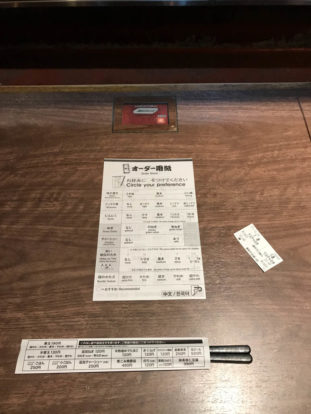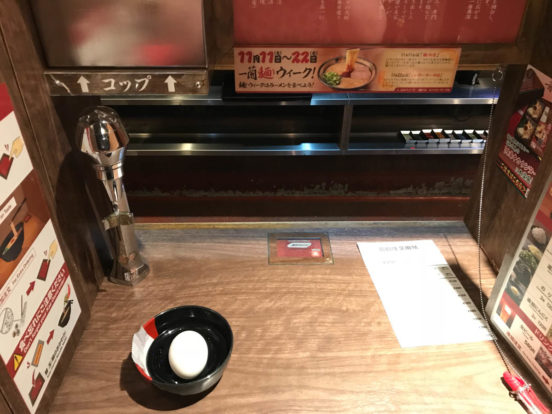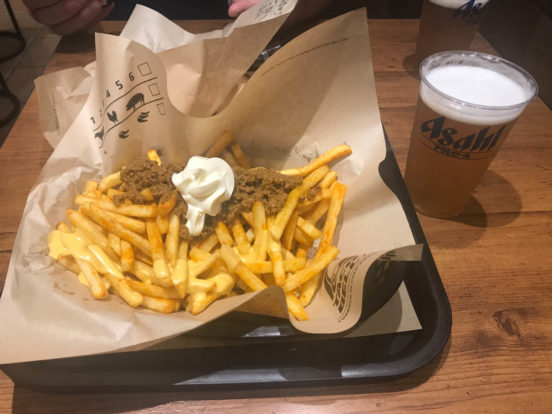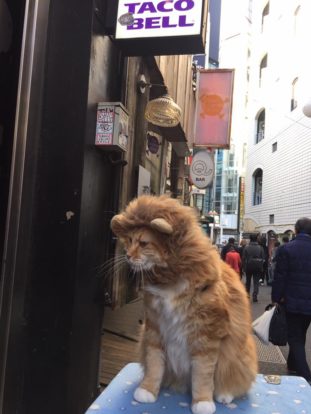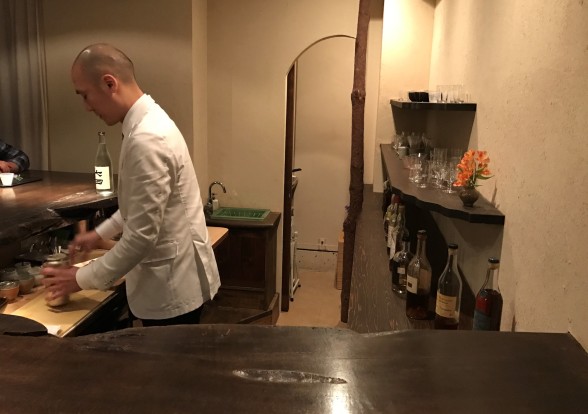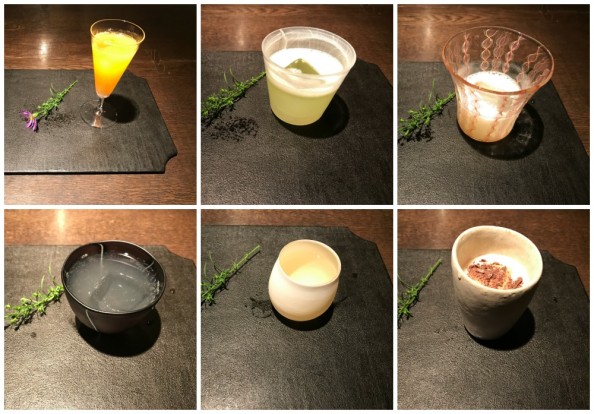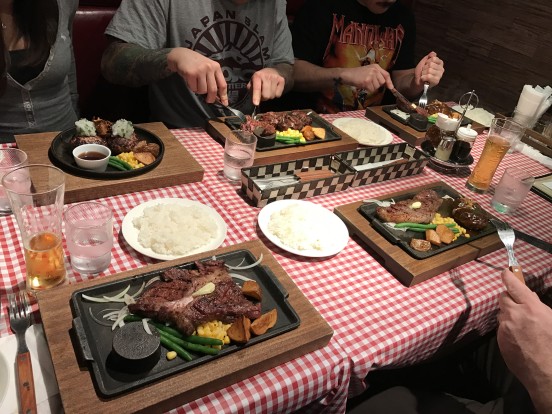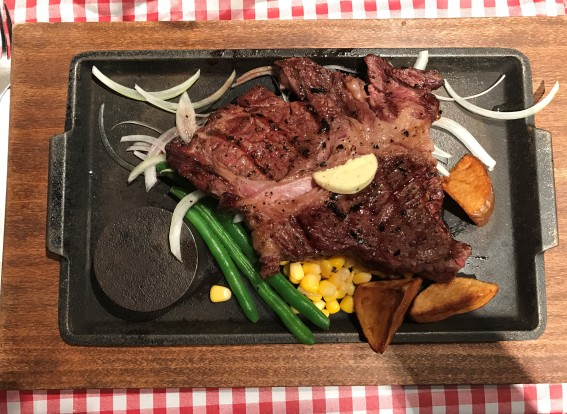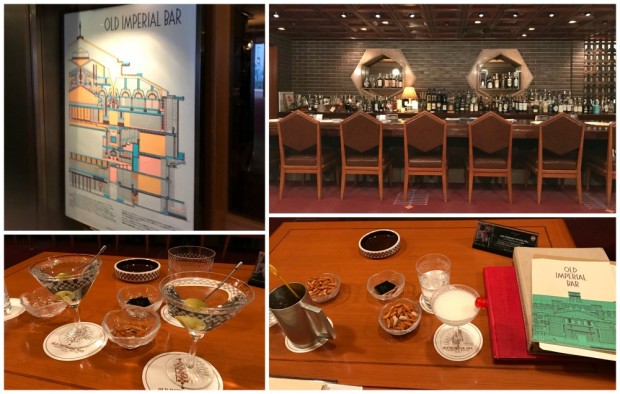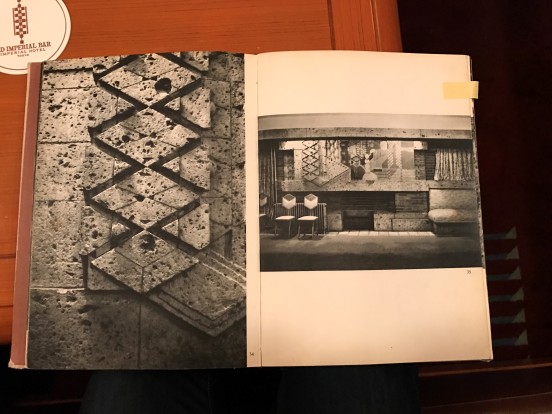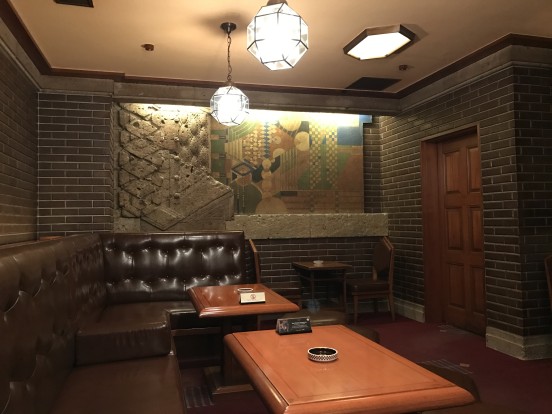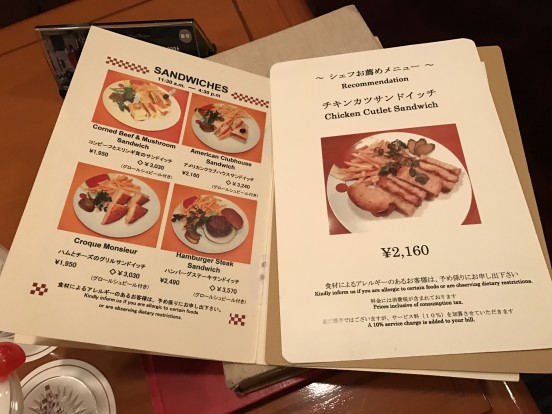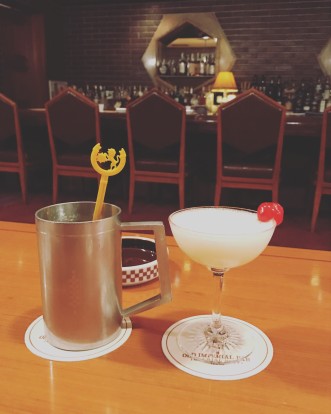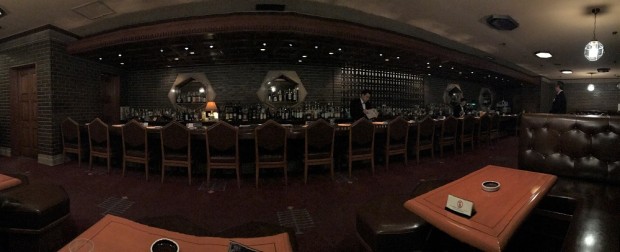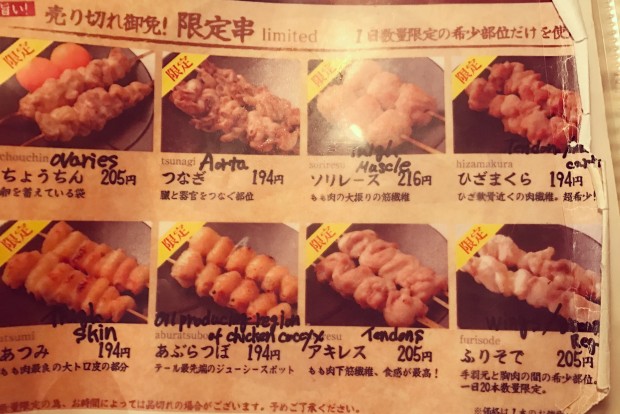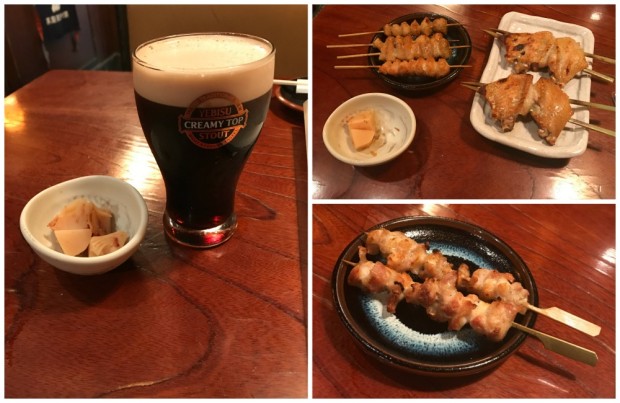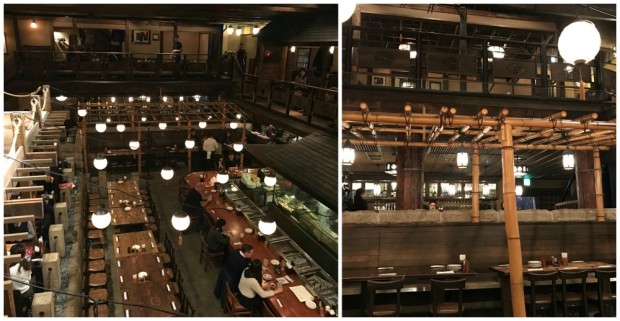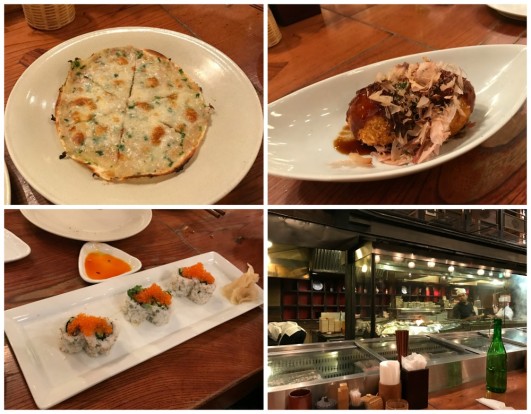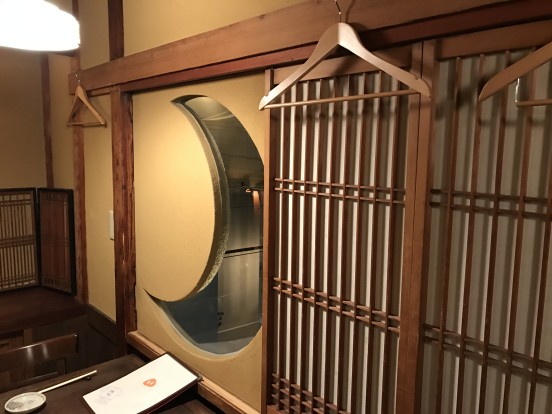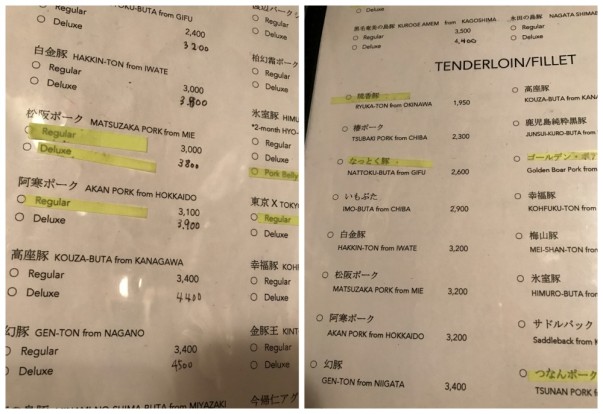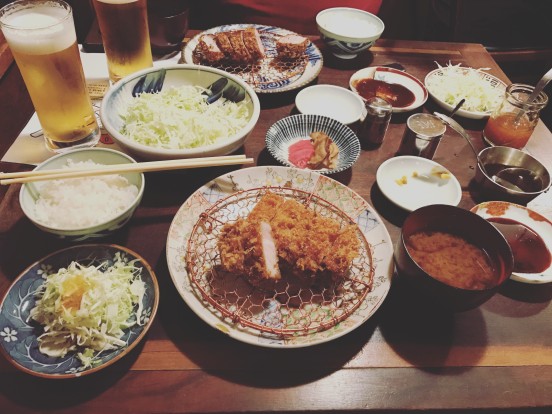Shovel Time: Sushi Ya
 I had a mid-life epiphany a few years ago, one that I am only coming to terms with now: I don’t actually like writing about how food tastes. Obviously, I care about how food tastes–untasty food is very upsetting–and I have the critical facilities to describe dishes for paid assignments, but I’m more naturally inclined to write about atmosphere or the hows and whys.
I had a mid-life epiphany a few years ago, one that I am only coming to terms with now: I don’t actually like writing about how food tastes. Obviously, I care about how food tastes–untasty food is very upsetting–and I have the critical facilities to describe dishes for paid assignments, but I’m more naturally inclined to write about atmosphere or the hows and whys.
And honestly, taste doesn’t appear to be the motivation behind the bulk of mainstream food content anyway. Food blogs are dying a slow death because people prefer pictures over words. Well, also because people like streams of content now, not going to a zillion individual sites, which by the way, RSS feeds did perfectly (I still use them for work and sometimes pleasure). Instagram is where you show off.
Which is why I’ve turned my attention elsewhere. But allow me one last superficial update on my Japan trip that took place a full four months ago.
In 2016, I did my first Tokyo sushi splurge at Sushi Tokami. In 2017, Sushi Ya (sometimes spelled Sushiya, which is just the generic term for a sushi restaurant which makes Googling not easy). These are high-end, not normal every day sushi restaurants, but not the tier where you need to be a regular or have an in to score a reservation. Even so, you can’t make a reservation yourself because Japanese don’t like to deal with foreigners, which would get blowback in the US but somehow adds to the mythos of these specialized restaurants where you’ll easily spend a few hundred dollars per person. Also, many including Sushi Ya don’t even have websites. Good luck trying to call. I tried that at Tokami, got an English-speaker, and was told I would have to go through a hotel. Shrug emoji.
So we just watched with horror as 4 Portuguese tourists insulted Jiro with their bad manners and were cut off then kicked out. And they deserved it!
— Melissa Musiker (@MMusikerRD) March 16, 2018
Which is why it was so mind-blowing that a party of four middle-aged women who I’m pretty certain, who were Chinese but not necessarily from mainland China, did everything you’re not supposed to do at these very rule-oriented places. I cringed when one mentioned up front that she “Didn’t want too much raw fish.” Um, in a sushi omakase meal? Then left half-eaten pieces on her plate and talked on her cell phone while sitting at the counter. You’re not even supposed to talk on cell phones on the subway! The chef (Takao Ishiyama) is relatively young, and clearly good-natured, because I was fearful that they would get thrown out. There might have been a bigger problem if there were any Japanese diners present. There weren’t. Only me and my guest and a solo man, Asian but not Japanese. (For some reason, I always assume that non-Japanese Asians in Japanese sushi bars are Singaporean because they are into food that way.) This behavior is one of the reasons why it’s hard for foreigners to get reservations and need to go through concierges as if somehow that vets out boorishiness. Believe me, I tried to use concierges from my fancy Amex and the Park Hyatt (two free nights!) to snag hard-to-get tables. I was told they no longer could help with wagyu paradise, Sumibiyakiniku Nakahara, because foreigners no-showed too many times.
Anyway, I couldn’t even begin to recall the precise details of all of the courses. That’s the point, right? Below are the notes I quickly typed as the sushi was served.
Bonito lightly smoked. Super rich and buttery.
Snow crab. Fresh seawater flavor.
Cod milt creamy clam chowdery
Tuna cheek. Rich but tart sauce.
Mackerel.
Botarga with rice cake. Bitter
Monkfish liver with pickles. Amazing. Foie gras.
Sea perch nodoguro
Red snapper firm mild
Wild yellowtail. Citrus tart rice strongly vinegared.
Chu toro medium fatty tuna
O toro
Mystery tuna
Squid with hit of lime
Shrimp
Kohada shad. Firm. Maybe lightly pickled
? Green pesto Shiso scallion? Aji horse mackerels
? Clam?
Eel
Winter melon kampiyo
* * *
Ok, so I don’t see the winter melon and I didn’t even mention the uni or tamago. Clearly, that was an epic parade of sea creatures but I can’t even begin to convey that. That’s fine.
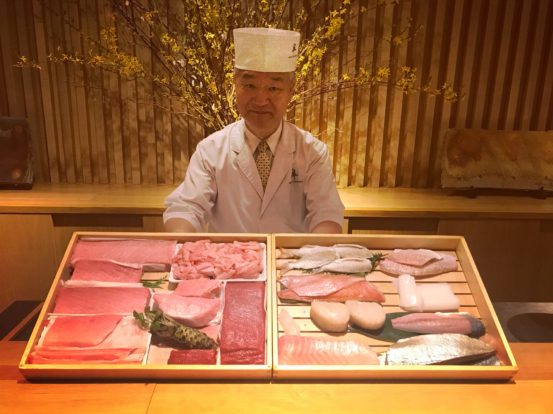
I’ve since eaten sushi at upscale for Queens, Daizen, Sushi Ginza Onodera, and Satsuki (above, fresh because it was just the other night) and I only feel the need to mention those in passing, which is freeing.
Sushi Ya * 1F Yugen Bldg., Chuo 104-006, Tokyo, Japan


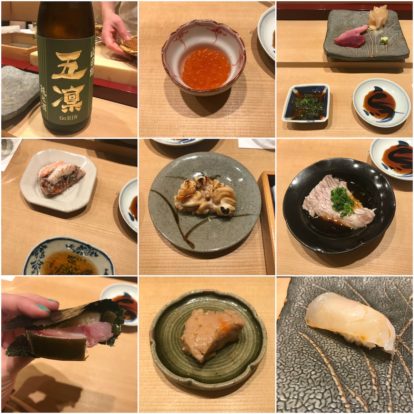
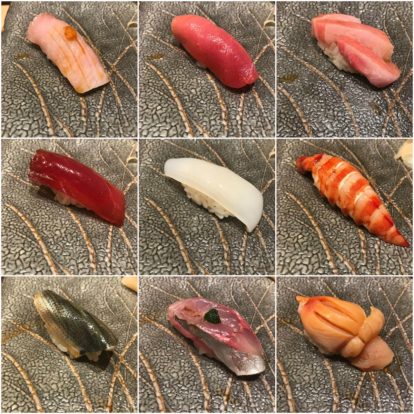
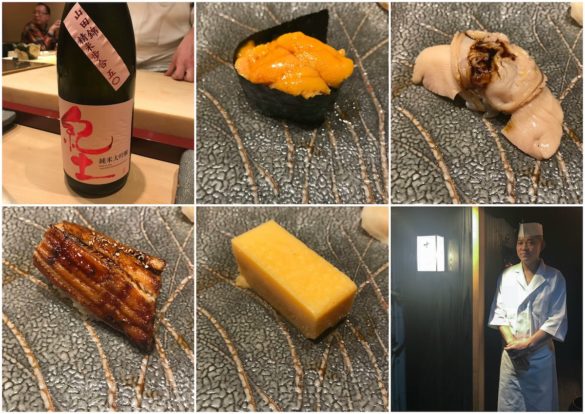
 Follow
Follow

 There are a handful of regional specialties unique to Osaka and environs, takoyaki being the biggest one, which I completely forgot to eat. That’s crazy. I’m also still kicking myself for not buying takoyaki Pringles that every single souvenir shop was selling.
There are a handful of regional specialties unique to Osaka and environs, takoyaki being the biggest one, which I completely forgot to eat. That’s crazy. I’m also still kicking myself for not buying takoyaki Pringles that every single souvenir shop was selling.